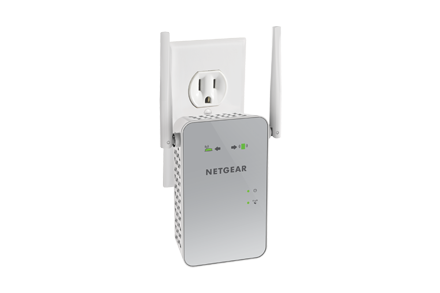I'm having some trouble with coverage as I'm not really able to stream music or do VoWifi on my patio, it skips or stops altogether. 5 or 2.4GHz doesn't seem to make a difference. I drew a rough drawing of the layout attached below.
I'm almost positive the brick half-wall is the issue as its effectively blocking line of sight to the router from the outdoor seating area. The other walls / doors are all wood and glass which shouldn't block the signal too much.
The patio ground level is also lower than the inside floor level, which is another potential issue.
Vertically the router is placed flush with the inside floor, I can't really place it higher because it would degrade reception in the basement bar too much.
The current router is an Asus RT-AC68U which has served me well and is rock stable so I don't really want to replace it, so I'm leaning towards buying an AP or an additional router, whichever is cheaper.
I have three ideas, either ceiling mount an AP in the living room which has free line of sight outdoors, ceiling mount an AP on the roof overhang outdoors (moisture/dust issues?), or wall mount a waterproof AP outdoors.
Looking for input on the best and preferably inexpensive way to solve this issue. Product suggestions, placement suggestions and so on.

I'm almost positive the brick half-wall is the issue as its effectively blocking line of sight to the router from the outdoor seating area. The other walls / doors are all wood and glass which shouldn't block the signal too much.
The patio ground level is also lower than the inside floor level, which is another potential issue.
Vertically the router is placed flush with the inside floor, I can't really place it higher because it would degrade reception in the basement bar too much.
The current router is an Asus RT-AC68U which has served me well and is rock stable so I don't really want to replace it, so I'm leaning towards buying an AP or an additional router, whichever is cheaper.
I have three ideas, either ceiling mount an AP in the living room which has free line of sight outdoors, ceiling mount an AP on the roof overhang outdoors (moisture/dust issues?), or wall mount a waterproof AP outdoors.
Looking for input on the best and preferably inexpensive way to solve this issue. Product suggestions, placement suggestions and so on.



